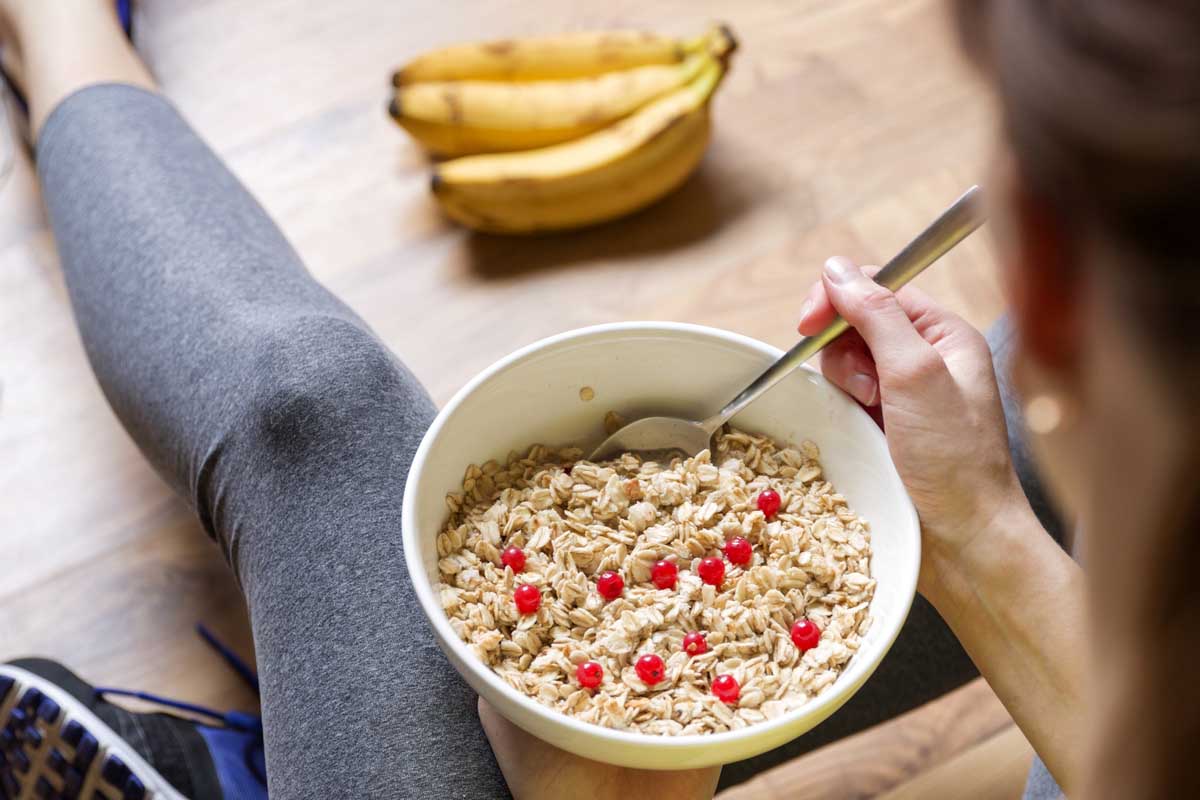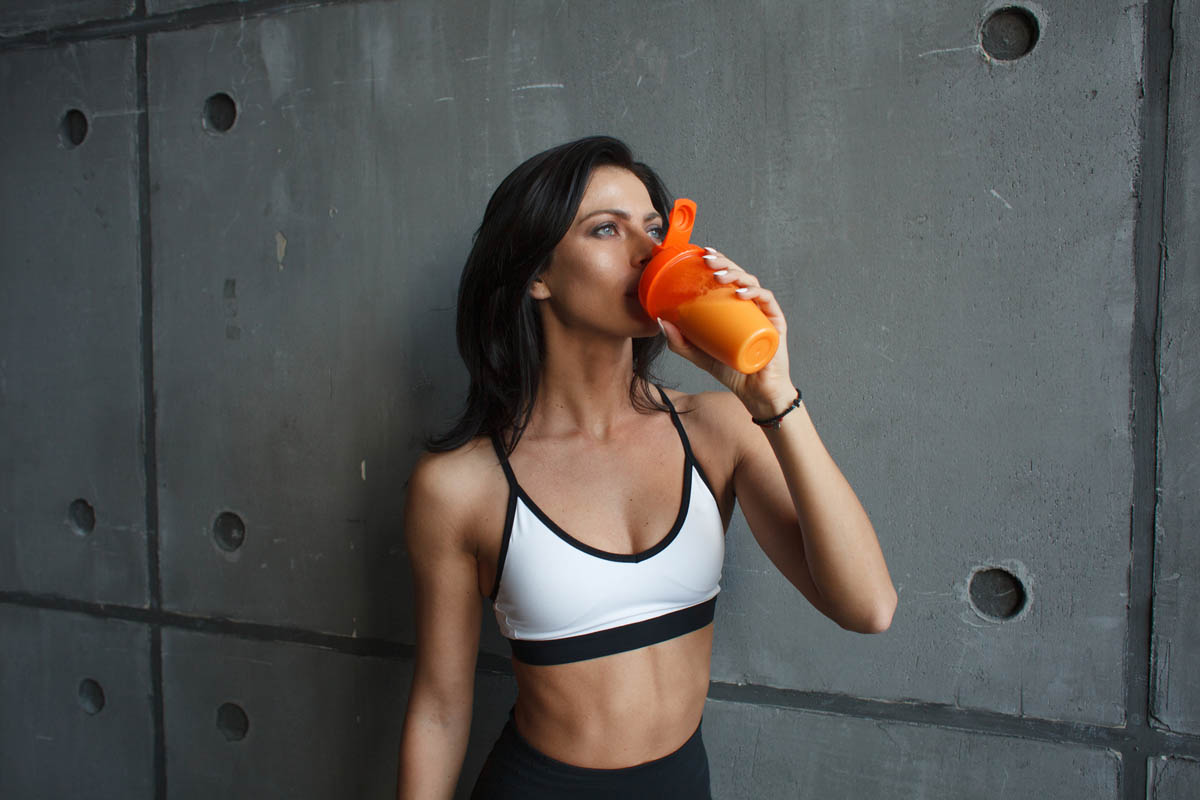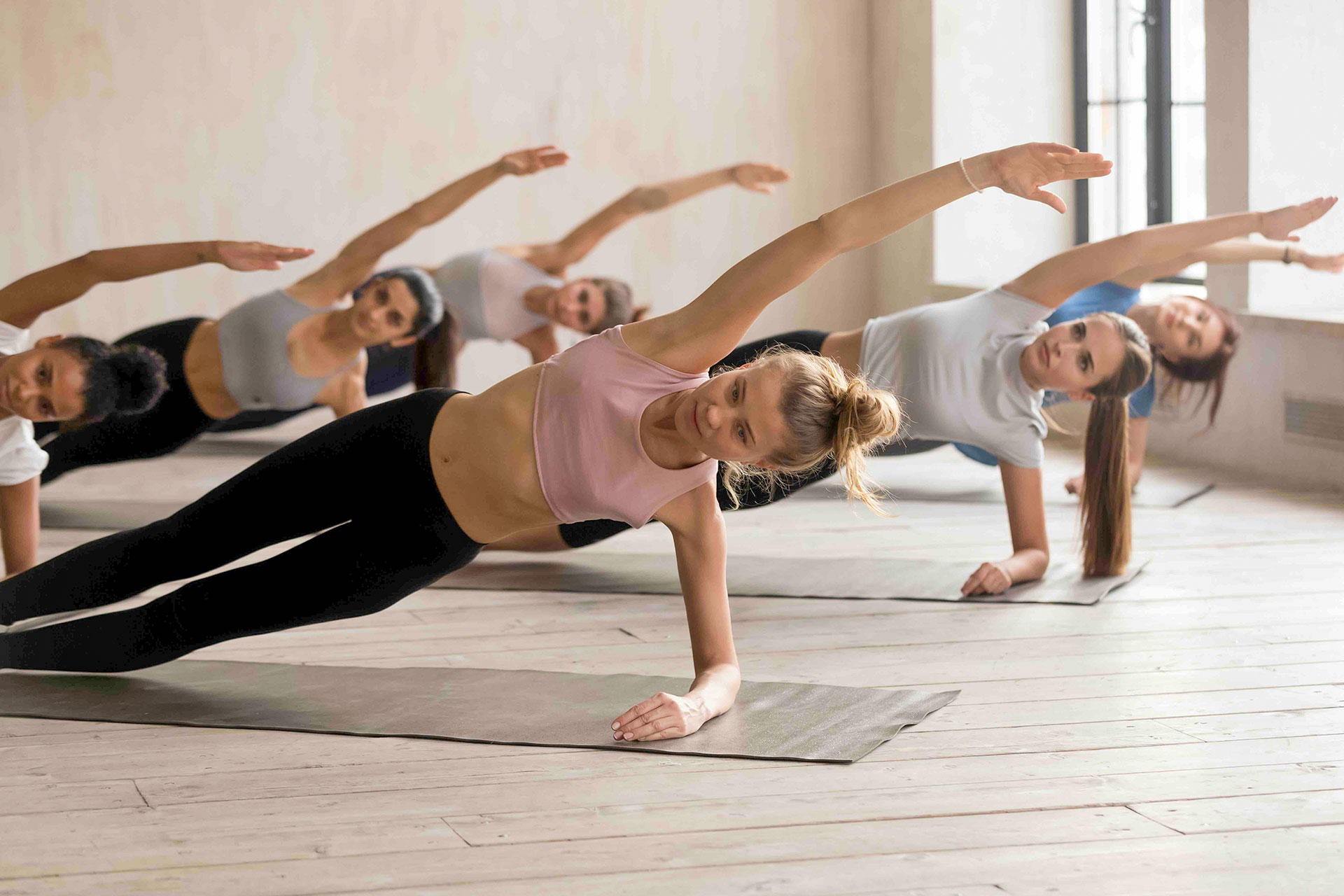The World Health Organization recommends exercising for 150 minutes per week for us to feel good. In other words, to maintain your well-being. Specifically, adults between 18 and 64 years of age should perform 75 to 150 minutes of aerobic exercise per week, not forgetting to insert a couple of sessions of muscle tone and strength, including joint mobility. Therefore, the solution is to do a workout, even at home, using certain times of the day or playing on changes in pace (as happens in interval workout) or, again, combining the aerobic session with some muscle strengthening exercises.
Walking, running, swimming, cycling, aerobic workouts and exercises at home, including free body exercises at natural load or with small wellness tools. We count the time spent on each workout at about 300 minutes per week. Raise your hand if you really have that much time to devote to it. It’s a real dream nowadays because the so-called modern times do not help to protect the time to devote to the care of ourselves and to workout.
Outdoor spaces where you can practice physical activity in safety are also quite rare when reaching the gym is not convenient. Therefore, the solution is to do a workout, even at home, using certain times of the day or playing on changes in pace (as happens in interval workout) or, again, combining the aerobic session with some muscle strengthening exercises.
Why workout, with what diet
Movement and, secondly, working out, are a requirement of the body. As is nutrition. These are two conditions that you can’t ignore. But the two aspects go far beyond the simple need. Because a balanced diet and a moderate (and constant!) workout are the tools that allow the body to function at its best and to maximise its performance.
The reason? These two valuable allies, workout and nutrition, work on cells to deactivate pro-inflammatory genes and activate longevity genes. In fact, a physical workout, like nutrition, can also change the expression of our genes. Above all, those involved in controlling the metabolism of the cell and its state of inflammation. That is why working out can help maintain our health, monitor body composition over the years, prevent and at the same time combat heart disease, diabetes and obesity.

Biking as a home workout? An excellent solution
What was once called a “chamber bike” for a workout has now been called an exercise bike, an indoor cycling bike or simply a bike. The name changes but the substance – and the benefits of working out – remain. Working out at home with an indoor bike like Skillbike activates blood circulation, improves muscle flexibility, trains balance, and promotes weight loss. All in complete safety at home or in the gym. And with a minimum of time needed. And it’s also fun if you combine exercising at home with music.
Even an aerobic workout triggers an increased feeling of well-being and energy. On the one hand, the enkephalins, neurotransmitters of the endorphin family, and on the other hand the synthesis, among other hormones, of oxytocin. The latter is increased by listening to music. There is more. The two events, aerobic activity, and music activate a series of brain areas. So not only physical workout but also mental workout. Always in the tranquility of your own home.
Fasting workout
Early morning is a great time for workout. And the comfort factor turns up to maximum if you’re training with a Skillbike directly from home. The time of day is full of positive implications: from the clear perception of having more energy to a feeling of greater tone and vigor, not only physically but also mentally. You feel more active and sparkling. Science explains the reasons. In the morning when we wake up, we have a low concentration of glycogen in the body, the reserved sugar stored in the liver and muscles.
It happens because during the hours of sleep to ensure the survival of the brain and the whole body, we use the liver glycogen stores. It’s a bit like if in the morning when you turn on the car, the fuel light warns you that you are in reserve. It’s obvious that you won’t be able to do many miles (i.e. do a long workout). Not only that, to avoid remaining dry, you will have to manage very well the stretch of road that goes from home to the first gas station, avoiding abrupt acceleration. The same applies to your body.

The workout practiced in the early hours of the morning should be at low intensity, without sudden efforts. With a surprise, however: this (apparent) disadvantage of morning workout is, in fact, the winning strategy.
Because a workout carried out with a lack of energy activates the enzyme of life, i.e. the AMP kinase. It is a molecule that is activated just when the cell has little energy. That’s exactly what happens in the morning when you wake up.
To your advantage in this type of workout the possibility, for example, to improve insulin sensitivity, decrease the synthesis of cholesterol in the liver, increase fat oxidation (lipolysis) in lipocytes, or cells of adipose tissue. It is no coincidence that the fasting workout is often used by athletes who practice endurance sports such as running, walking, cycling or triathlon. They can teach their bodies how to boost their lipid metabolism.
On the other hand, all these disciplines require fats as the main source of energy, so food is equally important. That’s not all. The benefits of a proper workout and nutrition also seem to benefit the nervous system and are manifested through invigorated mental energy. To sum up, if you want to enjoy these benefits you can get up in the morning and, provided you don’t suffer from low blood pressure, you can do this workout without needing any food to eat.
Warning, however: as far as nutrition is concerned, breakfast should be eaten within the first half hour after the end of the workout. This, in fact, allows you to activate the benefits of this type of workout and recover the energy used with food.
Aerobic workout and related nutrition
If an aerobic workout, as we have seen, effectively promotes the activation of the enzyme of life, that for muscle strength will give additional benefits if combined with proper nutrition. You should know that from the age of about 40, men and women experience a significant reduction in both muscle mass and the ability of muscles to express strength.
By the age of 50, the loss of muscle mass is around 3-5% and 1-2% every year. At 75 years of age, the muscle mass is practically halved. And it seems that it is men who are the most at fault. The reasons for these physiological changes are mainly hormonal. Specifically, a reduction in the levels of anabolic hormones, such as growth hormone, also known as GH.

Strength workout and the right diet
In addition, the absence of strength loads in a muscle workout accelerates the progression. In addition, the loss of muscle tone and strength also seems to be linked to neuromuscular aspects. As they age, the muscles undergo irreversible processes of denervation. Cellular inflammation also aggravates the situation and can be controlled by an anti-inflammatory dietary strategy and by daily intake of omega-3 fatty acids in the right amount. Therefore, if you choose to combine for example 30 minutes of biking and 15 minutes of muscle strengthening exercises with Wellness tools or free body exercises, you should know that it is good to eat as follows.
After a strength workout, nutrition is equally important. It is essential to take essential amino acids such as leucine. Why essential? Because the body is not able to produce them on its own, it is necessary to take them with food. We were talking about leucine. According to studies, the ideal amount to take immediately after the strength session is 2.5 g.
If you train your strength before dinner, it is important then that your dish contains those foods that contain the correct dose of leucine, such as 80 g of beef meat or 120 g of chicken or turkey.
An example to understand. If you train before dinner, it is also important that your dish contains those foods that contain the correct dose of leucine, such as 120 g of chicken or turkey. That’s not all. Protein is best absorbed by muscles when taken together with carbohydrate foods such as whole grains, rice, pasta, just to name a few. The aim, in fact, is to promote the repair of muscle tissue “damaged” during exercise and maximise the anabolic effects. In other words, activate the benefits of the workout.


